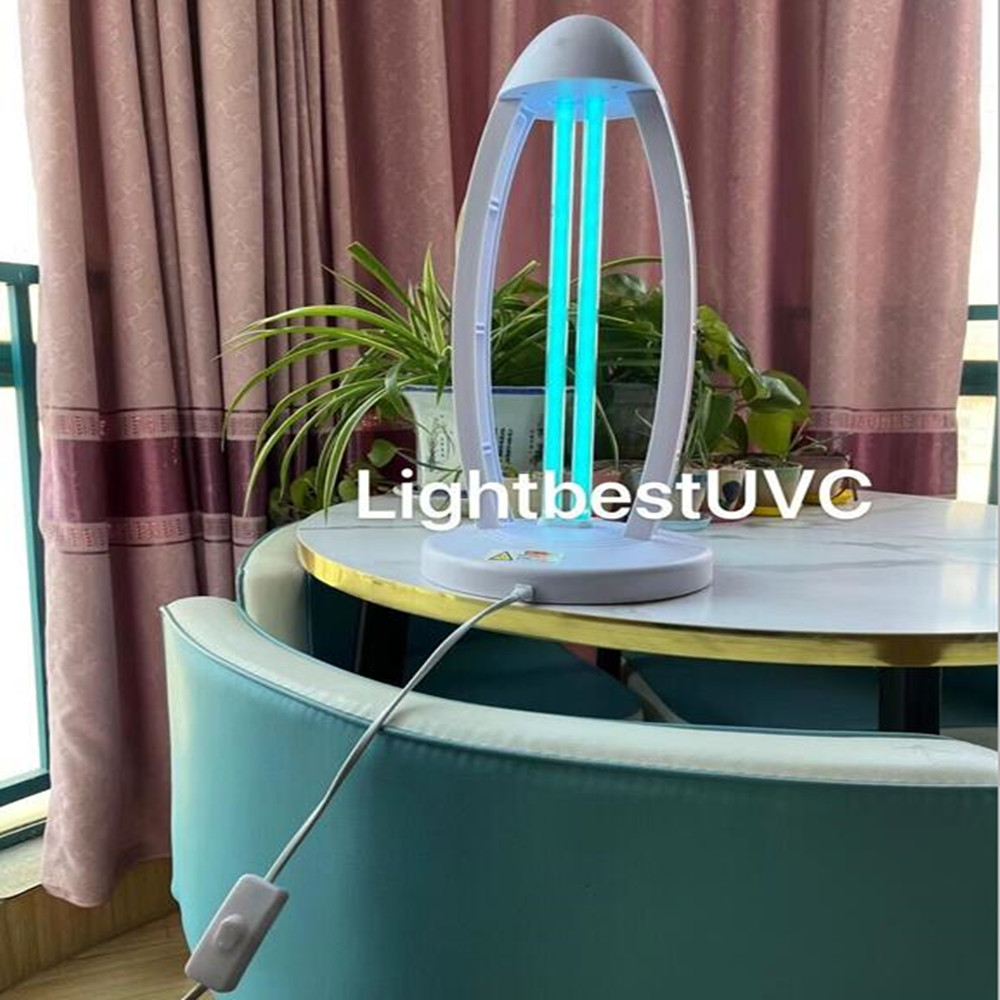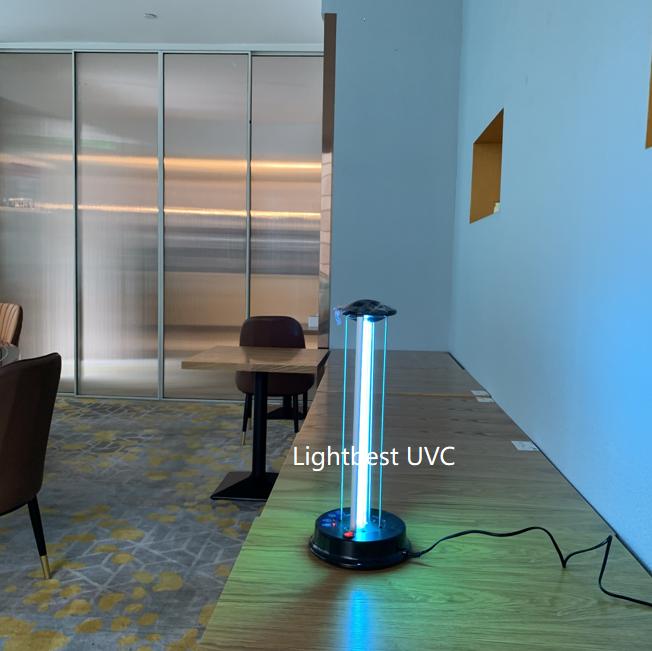I. Household Disinfection Methods
1. Air Disinfection
• Operation Steps: Close doors and windows, and ensure no people, pets or plants are present. Hang the UV lamp in the center of the room, with a height of 1.8-2.2 meters from the ground (to avoid obstruction). Use one 30W tube for every 10 square meters. Start timing 5-7 minutes after the lamp is turned on, and the disinfection time is 30-60 minutes.
• Applicable Scenarios: During the flu season, after family members fall ill, or for regular disinfection of spaces such as bedrooms and living rooms.
2. Object Surface Disinfection
• Operation Steps: Spread out or hang up items (such as clothes, toys, books) to ensure the surfaces are fully exposed. The effective irradiation distance is 25-60 centimeters, the irradiation time is ≥30 minutes, and each side must be irradiated.
• Applicable Scenarios: High-frequency contact items such as children's toys, mobile phones and keyboards, or areas prone to bacterial growth such as kitchen countertops and bathrooms.
3. Water Disinfection
• Operation Steps: Place the ultraviolet lamp above the water container (25-60 centimeters away from the water surface), and the irradiation time is ≥30 minutes. Ensure the water is clear to avoid turbidity affecting penetration.
• Applicable Scenarios: Pet water bowls, pre-treatment of household water purifiers, etc.

II. Usage Requirements
1. Environmental Conditions
• Temperature and Humidity: The disinfection effect is best when the room temperature is 20-40℃ and the humidity is 40-60%. When the temperature is lower than 20℃ or the humidity is >60%, the irradiation time needs to be extended by 30%-50%.
• Cleanliness: Clean the dust on the ground and object surfaces before disinfection to avoid blocking ultraviolet rays. After mopping the floor, wait for it to dry before disinfection.
2. Equipment Parameters
• Power and Quantity: Each cubic meter of space requires an ultraviolet lamp with a power of ≥1.5W (for example, a 30㎡ room requires ≥45W).
• Service Life Monitoring: Replace the tube when the cumulative use exceeds 1000 hours or the intensity is <70μW/cm² (testable with an ultraviolet intensity detector).
3. Operation Specifications
• Delayed Start: Priority should be given to lamp models with a delay function (such as 5-10 minutes) to avoid exposure during operation.
• Human Body Sensing: Some models are equipped with a human body sensing function, which automatically turns off when a person enters, reducing risks.

III. Precautions
1. Personnel Protection
• Direct Harm: Ultraviolet rays can burn the skin (erythema, peeling) and eyes (stinging, keratitis). Be sure to leave the room during disinfection.
• Treatment for Accidental Entry: If you need to enter, wear UV400 protective glasses, long-sleeved clothes and gloves, and shorten the stay time.
2. Safety Warnings
• Sign Setting: Hang a warning sign "Disinfection in Progress, No Entry" outside the door, and stick a clear label at the switch.
• Children/Pets: Lock the door during disinfection to prevent accidental touching of the switch or entry.
3. Equipment Maintenance
• Cleaning Cycle: Wipe the surface of the tube with 75% alcohol cotton balls every week to remove dust and oil (which affect penetration).
• Record Management: Establish a disinfection log to record the time, duration, area and tube replacement situation.
4. Special Groups
• Contraindicated Groups: Pregnant women, infants and young children, and people with immunodeficiency should avoid exposure to the ultraviolet environment. If necessary, use other disinfection methods (such as ozone disinfection machines, which require attention to ventilation).
5. Post-Disinfection Treatment
• Ventilation: Open windows for ventilation for 20-30 minutes after disinfection to decompose residual ozone (ultraviolet rays may produce a small amount of ozone).
• Item Inspection: Confirm that there is no risk of secondary irradiation caused by ultraviolet reflection (such as mirrors and metal surfaces).
Post time:2025-09-25 14:00:32

